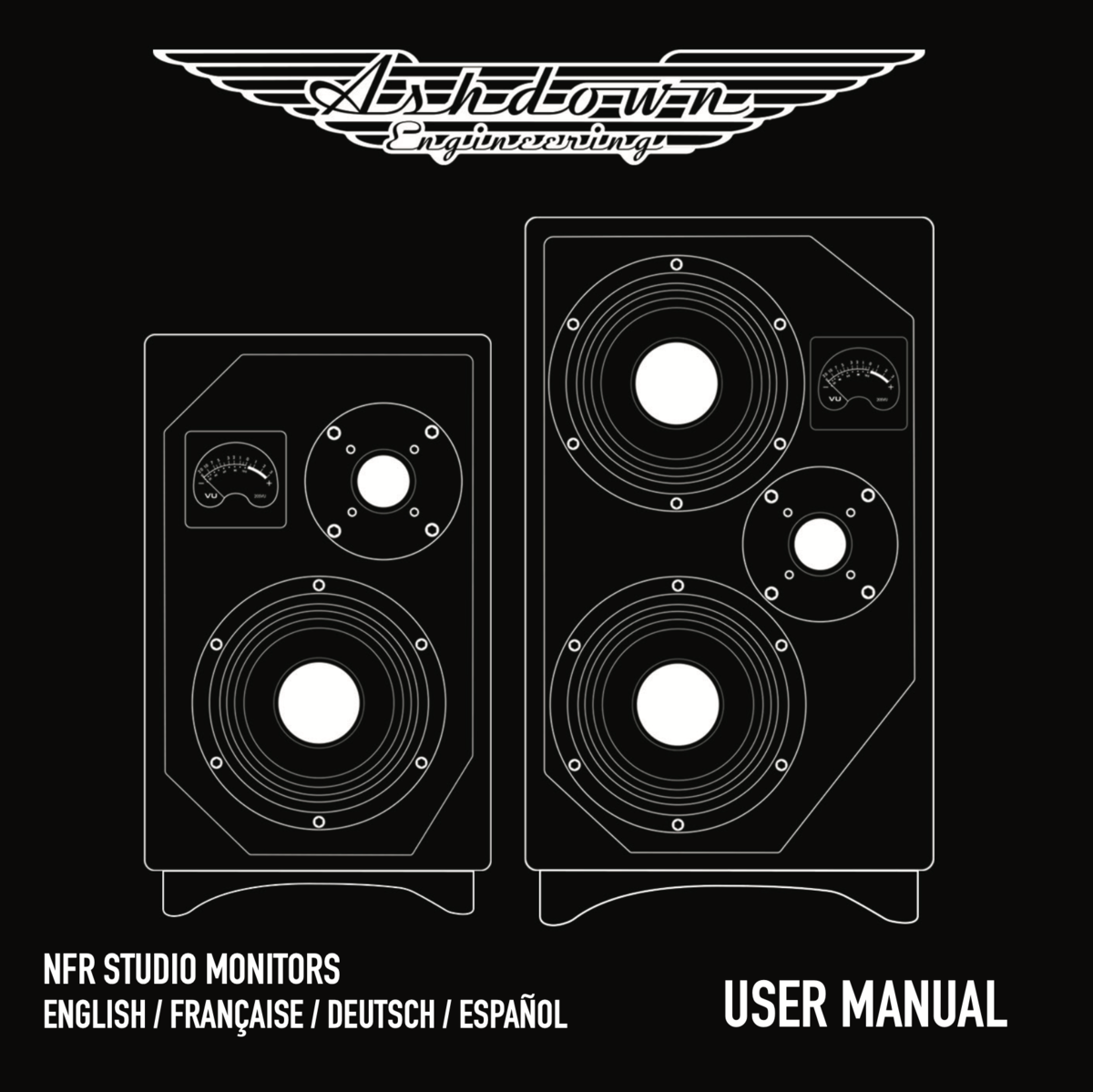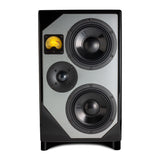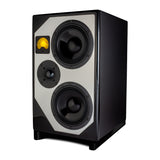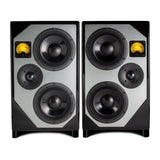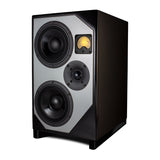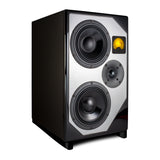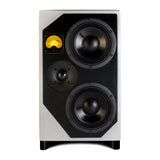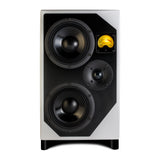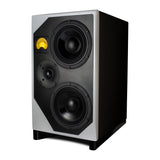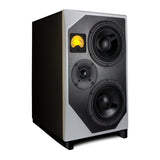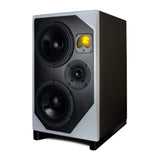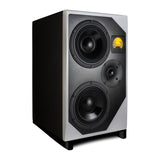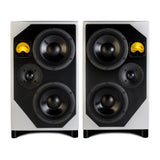SPECIFICATIONS:
SPEAKERS
2 x 5” SICA LF DRIVERS
1 x MATCHING TWEETER
BALANCED XLR /TRS INPUT
BANDWIDTH | >8 MHz
DISTORTION | 0.0006%
SLEW RATE | >12v/Us
NOISE | -104dBU
CMRR | 90dB
SENSITIVITY | 0dbV (775mv)
MAX SIGNAL LEVEL | +20dBV
RCA/JACK INPUT
SENSITIVITY | 0dbV (775mv)
MAX SIGNAL LEVEL | +20dBV
AMPLIFIER (BOTH SECTIONS)
POWER OUTPUT CONTINUOUS | 105W
BURST POWER | 135W
THD @ 40WATTS AVE OUTPUT | 0.004%
HUM & NOISE | -110dBV
FREQUENCY RESPONSE | 7Hz- > 70KHz
POWER CONSUMPTION | 300 W Max
CABINET DIMENSIONS
385 X 240 X 295 (mm) / 15.5 X 9.5 X X 11.5 (“)

Perhaps unusually, the process of developing a better monitor started by defining a list of the things it shouldn’t be able to do. Firm in the belief that no monitor can truly be a ‘Jack of all trades’, the team discarded any notion of creating a speaker that could operate successfully in a range of room sizes, instead following the thinking of the BBC by placing unfatiguing performance on a variety of program material, clarity in the all-important mid-band and a controlled, uncoloured LF response at the top of the list, along with removing the requirement for precise placement and optimising performance in rooms of around 15 - 20 square meters. In short, creating a monitor that music producers could live in harmony with.
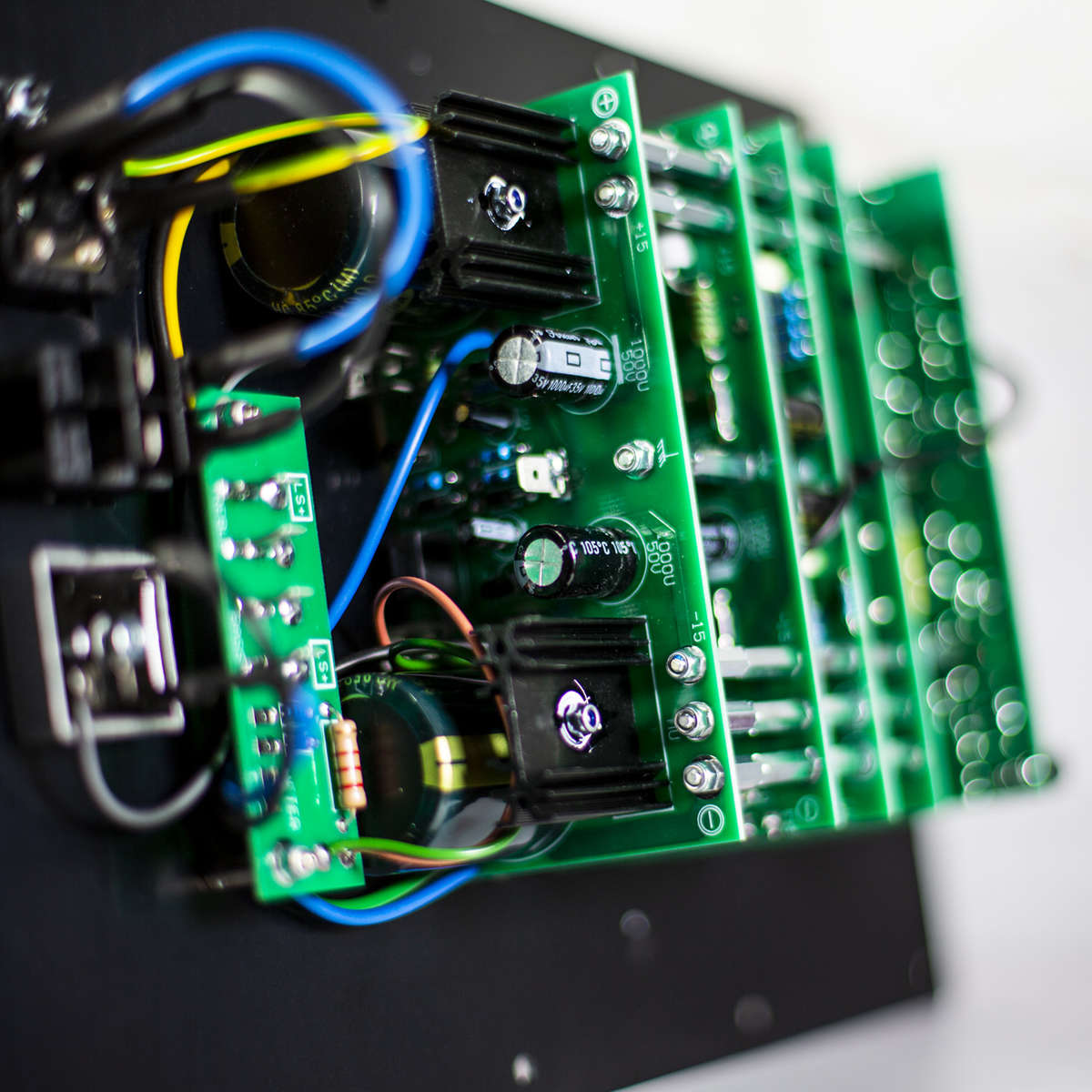
Class D amplification and DSP solutions whilst simpler and cheaper were rejected for several reasons, service life being the primary consideration followed closely by signal integrity and the need to carry out any further signal conversions.
The active crossover is a 24 dB /Octave Linkwitz-Riley network ensuring phase alignment is accurate.
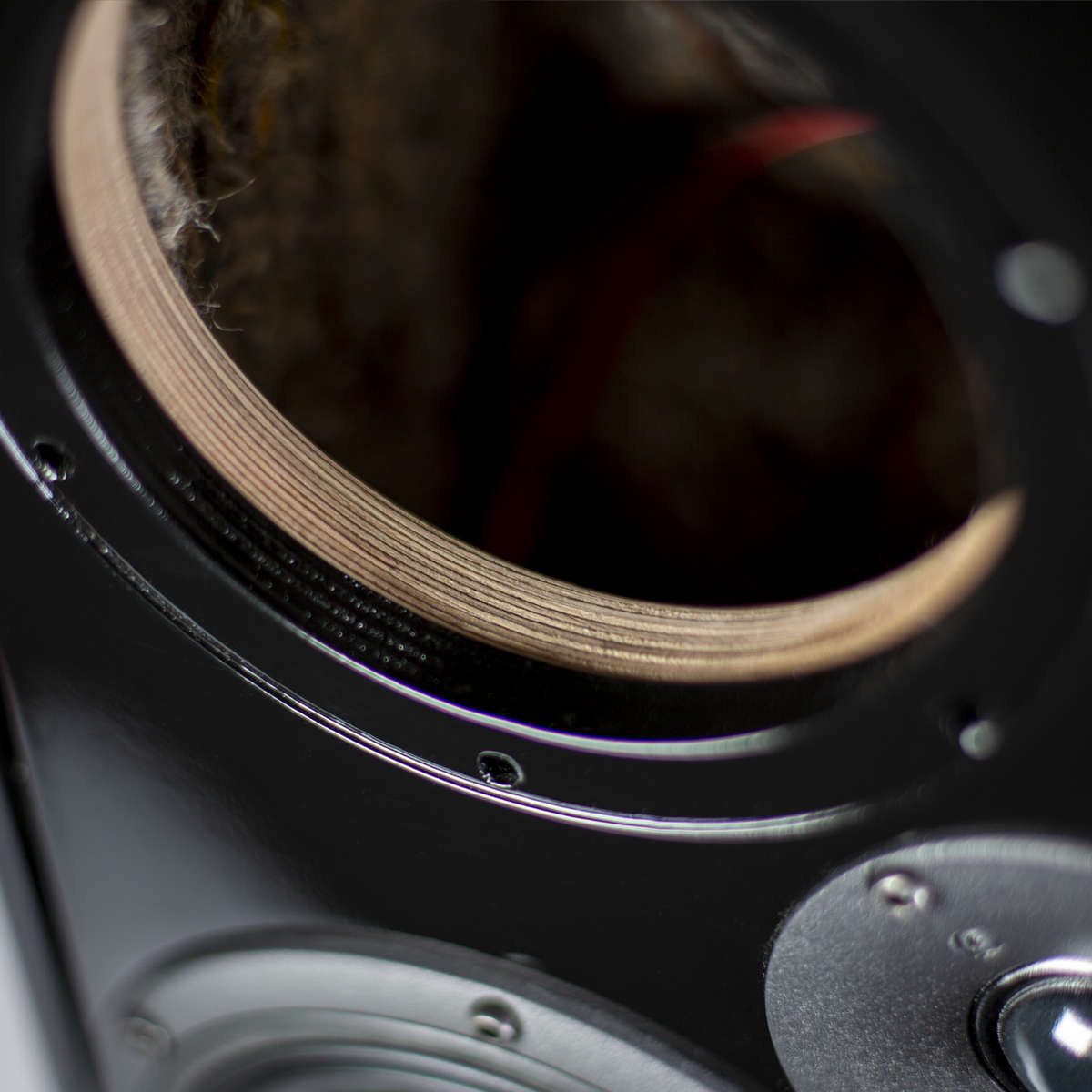
Long fibre wool from the Herdwick sheep was chosen for cabinet damping over Rockwool for its superior absorbency, lowering cabinet resonance by 14%, and because it doesn’t fragment over time risking the contamination of drive unit motors with small particles.
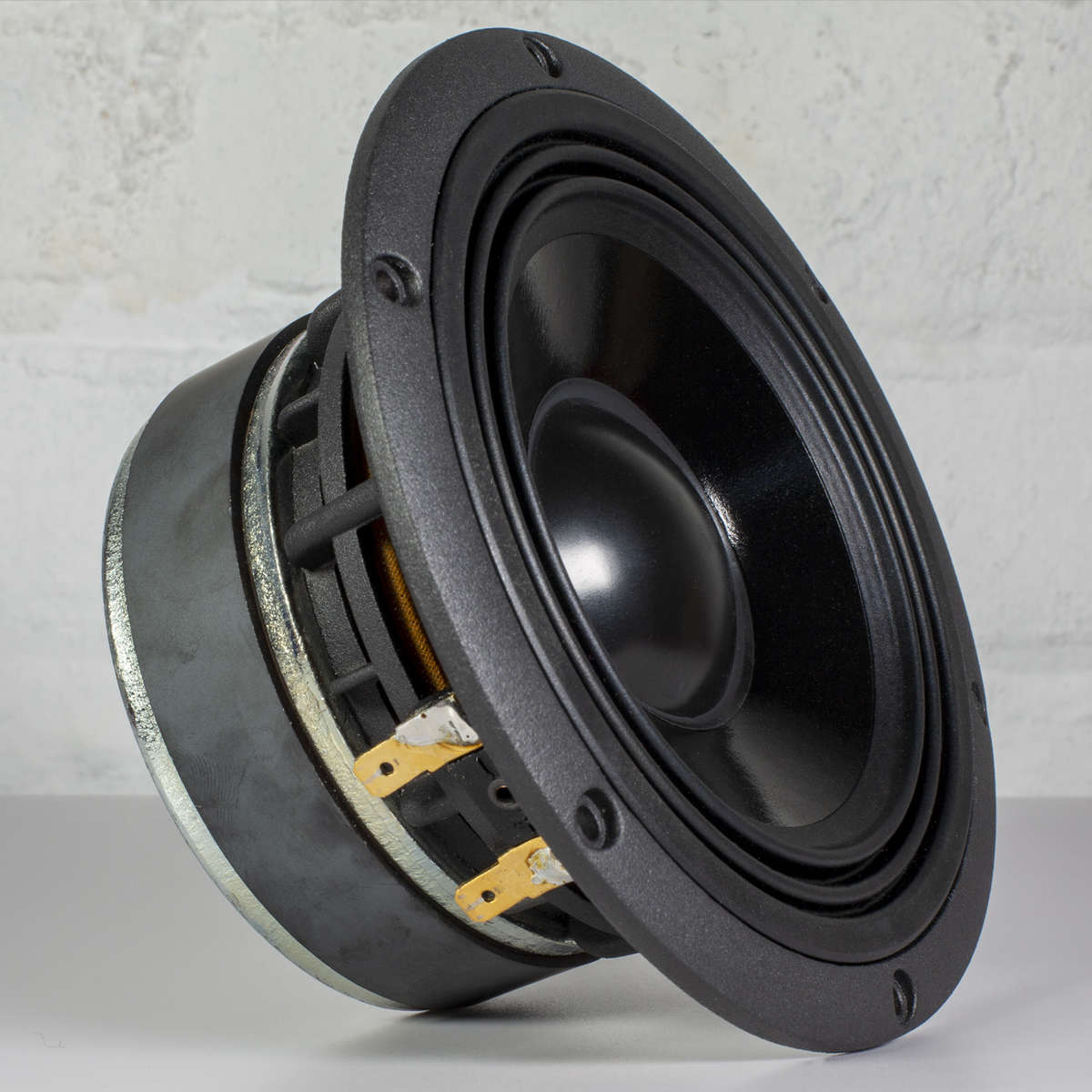
A 5-inch SICA LF driver features a rigid, die-cast chassis for precise voice coil alignment, a powerful vented magnet assembly for increased efficiency and reduced power compression, dual asymmetric roll surrounds to enable higher cone excursions and a copper demodulating ring.
The matching, tweeter was selected for its extended high frequency response, but with a gradual roll off after 20kHz to reduce the raspy high frequencies often encountered in digital material.
